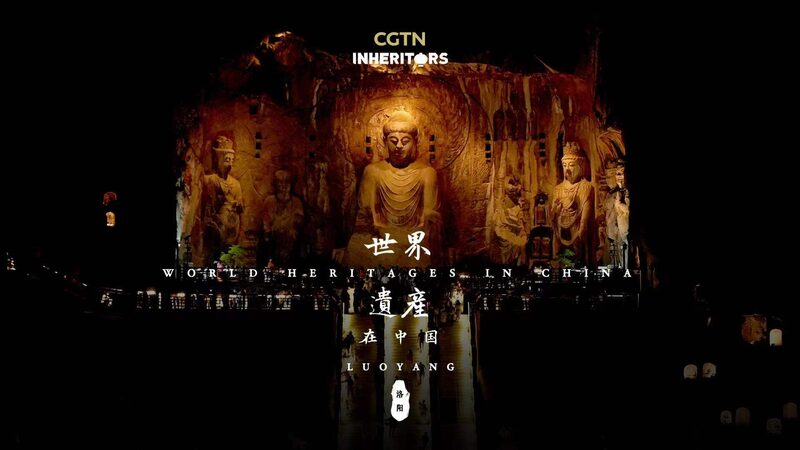Imagine a 1,600-year-old art gallery hidden in the deserts of northwest China. 🏜️ The Mogao Grottoes—a UNESCO World Heritage Site with 492 caves filled with Buddhist statues and vibrant murals—are battling time, sandstorms, and erosion. But how do you protect ancient treasures in a digital age? 🤔
Located along the Silk Road in Gansu Province, these caves are a time machine of cultural exchange, with stories painted on their walls over a millennium. Yet the Singing Sands Hill and nearby Kumtag Desert threaten to erase this history. 🌬️💨
Enter the unsung heroes: conservators using everything from tiny brushes to 3D scanners. 🖌️📸 A recent livestream revealed their meticulous work—repairing flaking pigments, stabilizing structures, and even digitizing entire caves to create \"virtual Mogao\" for future generations. 💻🌐
\"It’s like sci-fi movie tech meeting ancient art,\" said one viewer. The Dunhuang Academy’s efforts blend tradition and innovation, ensuring these silent witnesses to the Silk Road’s glory don’t fade into dust. 🛠️🎨
Reference(s):
Watch: How are Mogao Grottoes in NW China's Dunhuang protected?
cgtn.com


